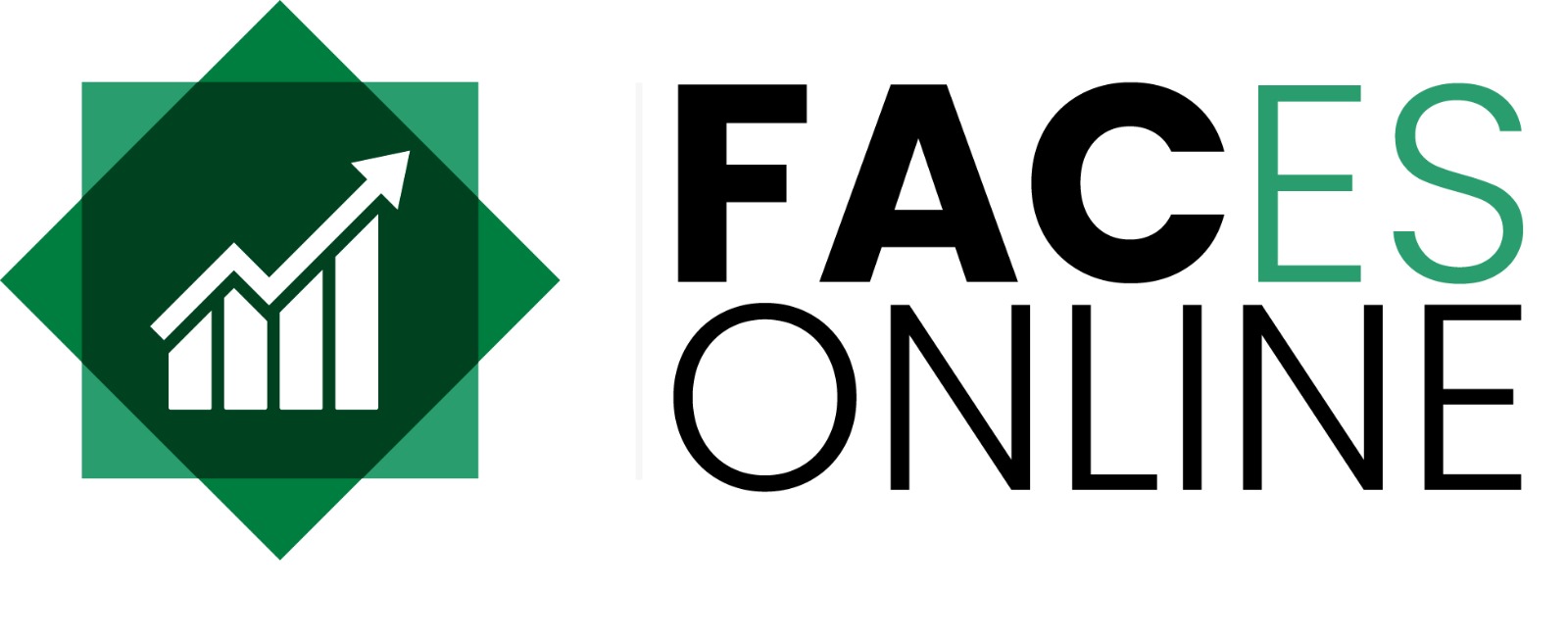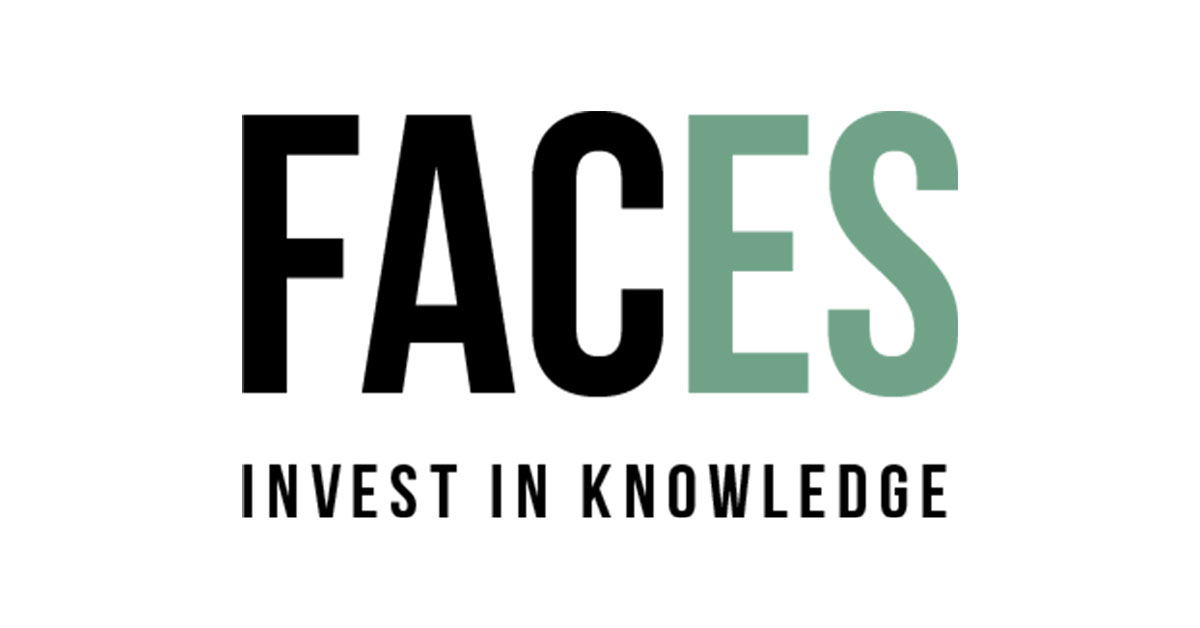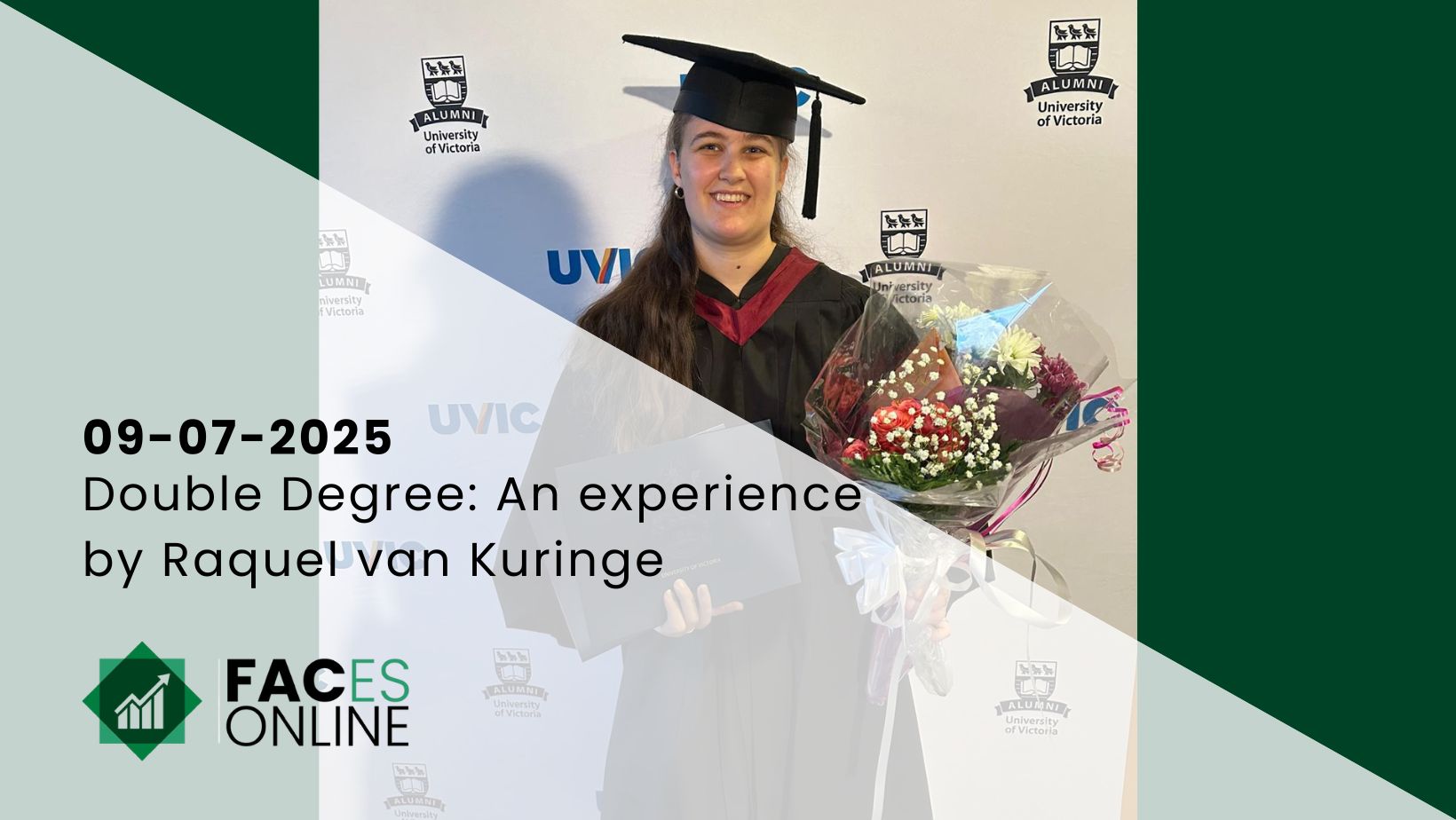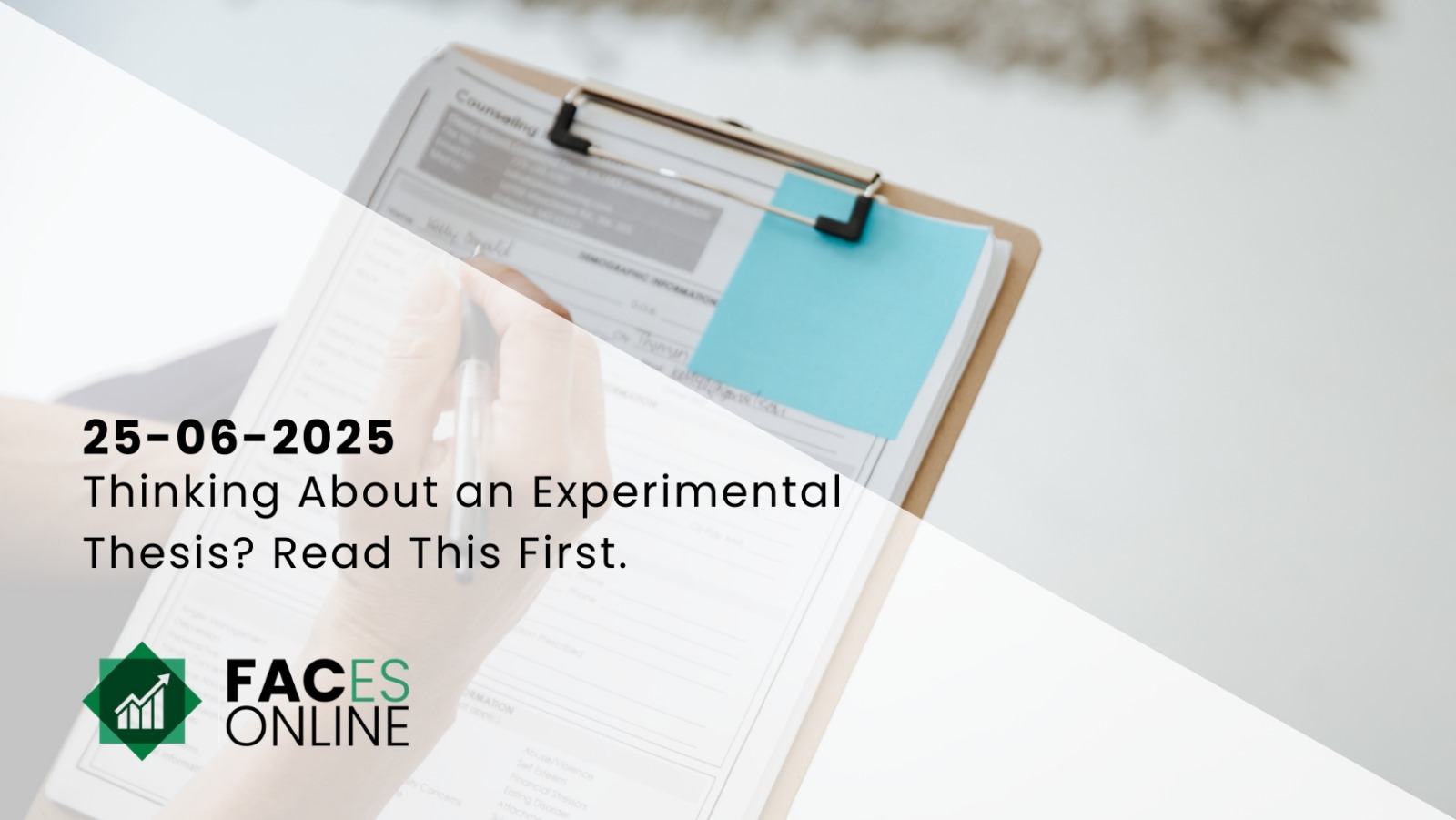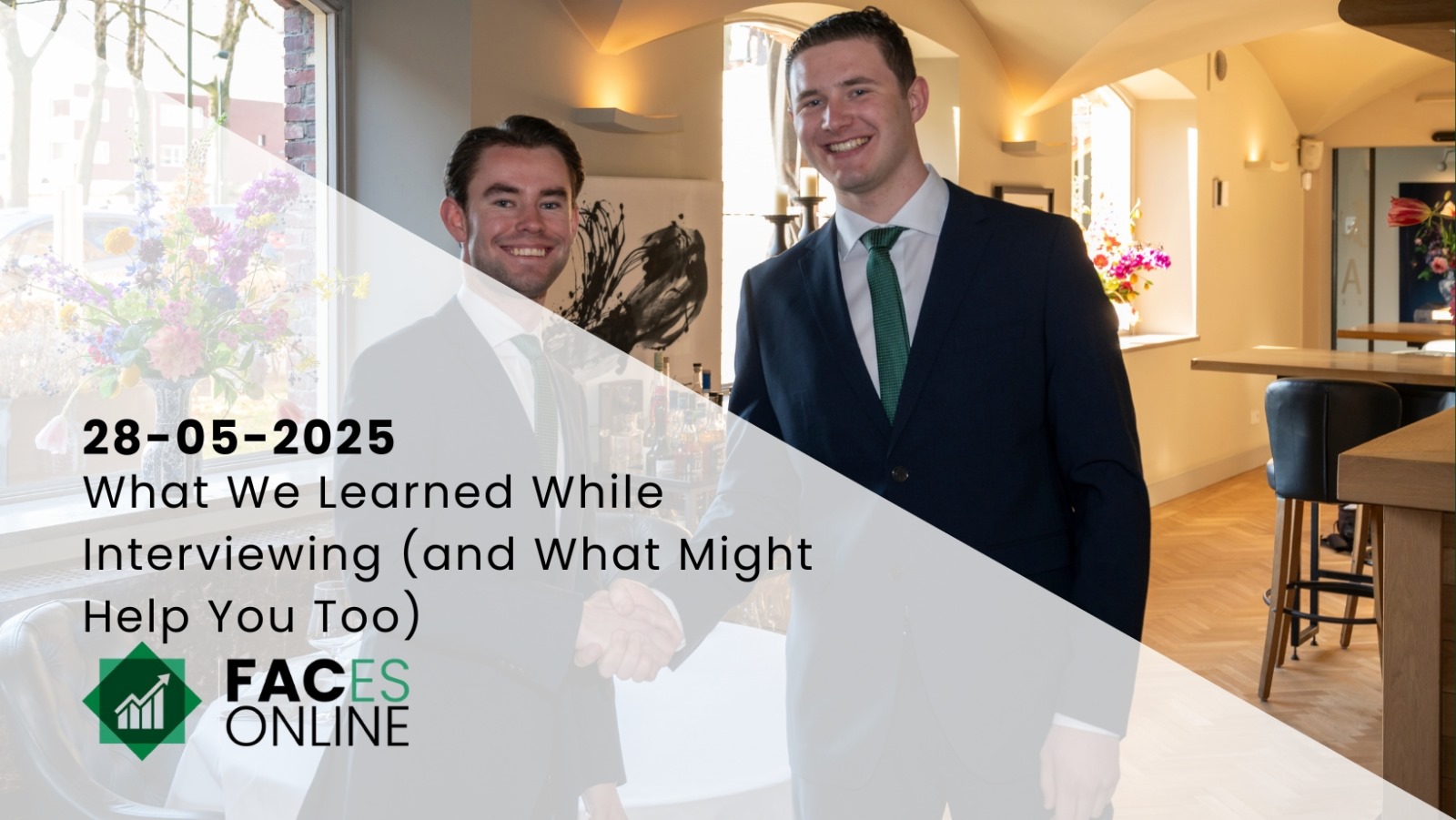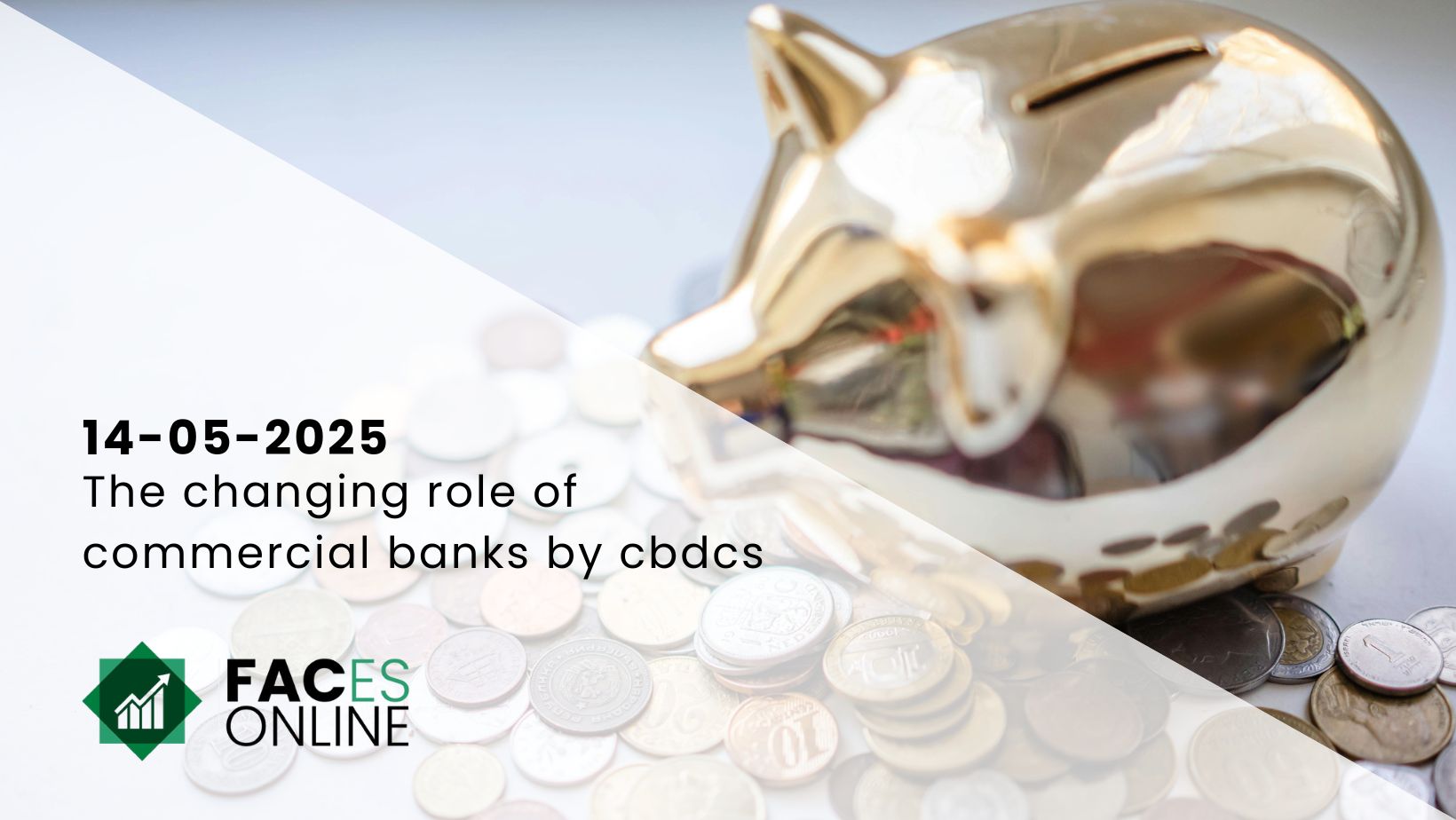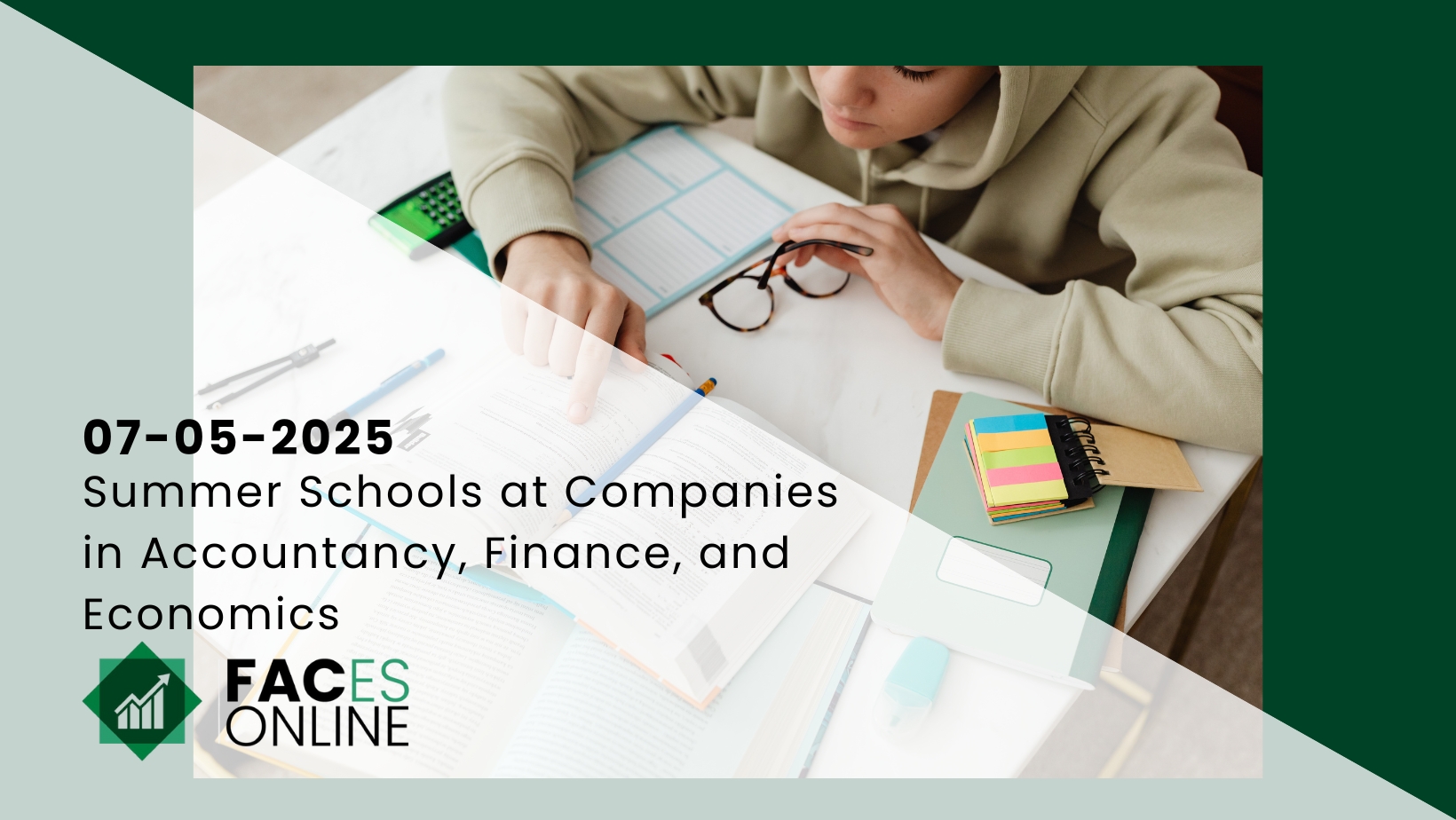Could you tell us something about yourself? What did you study and what does your career path look like so far?
From 1988 till 1994 I studied history in Groningen, after which I moved to Germany, where I worked for 3M a number of years. 3M manufactures kind of everything that glues things together. I mainly did market research, and some product launches. Then, I moved to Frankfurt to work as an account manager for Bureau van Dijk. I was appointed to key account manager relatively quickly, and as such, I have been dealing mostly with the big German banks. Thereafter, I started working for the same firm in The Netherlands in 2000. Initially, I was the only one working here. A certain base existed at the time, but from 2000 I have become responsible for all sales- and marketing related activities here in The Netherlands. I am directing these activities.
What does the governance structure of Bureau van Dijk look like?
We are part of a private equity fund (Charterhouse) and its management. Our Board of Directors consists of Dominique Carnoy (CEO), Alexis Giry (CFO), and a CTO (Chief Technology Officer). The local country and region managers are relatively independent and responsible for their own market strategy.
Could you tell us more about your tasks and responsibilities at Bureau van Dijk?
I am responsible for all sales, marketing, product development and support in The Netherlands. Product development focuses mainly on products specifically geared at the Dutch market; sales and marketing are self-explanatory. We employ a number of sales- and marketing managers and a client support team in The Netherlands. I am in charge of these teams and further growth.
How does Bureau van Dijk make money and what are its largest costs?
Bureau van Dijk sells data banks containing information on firms. We work with subscriptions, which means that we sell licenses to our clients, which entitle them to use our software for a certain period of time and to download limited parts of the firm data set for processing in their own systems. This could be for the purposes of, for instance, research or performing analyses. Usually this is a subscription that is renewed annually. Bureau van Dijk receives part of the revenues of these license agreements, and the other part goes to the information suppliers. If you consider the part of revenues that goes to information suppliers as costs, then this would be our largest cost. If you do not consider this as a cost, then it would be staff costs.
How many people are working for Bureau van Dijk in The Netherlands?
We are working with 20 people here in The Netherlands, and we have 600 employees worldwide. Of these, the most are working in Brussels, but we also have a number of research departments in Manchester, Singapore and India.
Bureau van Dijk provides databases to its clients. What does this exactly mean?
We are working together with information suppliers, such as Lexis Nexis, who in turn obtain their information from other sources. They provide us with the data and we build software to deduplicate and clean the data, to fill omissions, etcetera. In that way we get an as complete as possible, standardized database with company information. We developed several search interfaces to unlock the data needed. Once the data is unlocked, you will have a list with, for example, potential acquisition targets or potential competitors and suppliers. We also developed tools to analyze the data obtained, for example for the purposes of market research, peer group analysis, risk analysis, etcetera. Thus, we take care of the data getting harmonized, standardized and linked. Our business model consists of supplying information, but in actual fact we are a software company.
When I use, for example, Orbis through your website, then this is online available. I do not need to install a particular software or anything.
That is right. We have got two models: the web model, through which you can access data online, and a physical model, where you purchase the data on DVD, Blu-ray, or hard disk. There are a number of companies, such as in banking, which do not wish to expose their applications to the outside world out of safety concerns. Those companies make use of those hard disks, to keep their applications shielded. In principle, this is the same software as in the online model, with the same interface, and the like.
How do the sales work? Is it true that the sales people go to the (potential) customer, or are they contacted by telephone?
When we try to sell our products, we basically do not sell databases; We are trying to put down a solution for the customer. With a set of different products, we are trying to achieve the best possible solution. A license costs around 15,000 euros on average, so you cannot sell it just over the phone. In selling our products, visiting customers and prospects is a very important task of our account managers. If you look at our sales process, I estimate that about 50% of our new turnover comes from our existing customer base, for example by cross-sales. The other 50% is generated from new clients. The process in itself is reasonably structured. You generally begin with a ‘cold call’, where you are trying to find out whether there is any connection. If there is, we are trying to set up an exploratory meeting, in order to find out if there is indeed a need. In such a conversation we go more in depth, and if people think that there is a common ground and the customer thinks that we can help them solve specific problems, you go to a “review”. In a review we will look at how our services could meet the needs of the customer and we agree on how the customer is going to test and review our products, i.e. the criteria that the customer is going to apply to judge our products and service. Afterwards, the customer is going to look at the tools himself and judge how hard or how easy the product is to work with and whether he can do with it what he wants. When the review period has ended, we go back to the client to hear the results of the review, in order to get to a business case. We try to show the customer that the investment they make in our product, is going to be earned back. We make him an offer, and it is up to him to decide whether he is going to work with us or not. Eventually you arrange a license and then everything is put to work. You notice that more and more customers ask for integration nowadays, in order to increase efficiency. Therefore, we have also substantially extended our support team to get product integrations into our workflow.
How is the price of your products determined and do prices differ among customers, subject to their needs?
You should of course make sure that you offer the same price to all customers with similar needs. Certain markets are just very little worlds. All the people who work there know each other. If John works for company A, and at one point goes to company B, it is important that one company does not pay double the price the other company pays. If this is the case then John will wonder: “Why is that?”. So you have to be very careful that you draw one line regarding pricing. Our product mainly involves value-based selling. We look for the ROI that customers can earn back from investment in our products. A large bank has a higher ROI, but also a much higher use than a corporate finance company where three people work. That might cause a difference in price, but the price is also dependent on the amount of data which the customer wishes to use, but you can generally say that customers pay a similar price for the same type of use.
Do companies buy a certain package?
That depends on which function you are going to use within the company. If you only want to see just occasionally who is working in a company or what the company is doing exactly, then you sell a product with a somewhat simpler interface, and if you want to do something with a little more research and analysis, you go to a product like Orbis. You cannot say “we have one specific product for a specific company,” it depends much more on the function within the company. Marketing is generally ‘REACH’, our Dutch product. When it comes to credit management, we have a strong proposition in the field of international credit management. There is already a big number of other players present on the market for credit management in The Netherlands only, who are much cheaper than we are. The only way we can add value in this market is by efficiently incorporating information about Dutch companies in the credit management organization. Our value proposition for customers who are only interested in data on Dutch companies and not in a solution is much less strong.
And how does it work for universities, which also use a lot of your databases? For example, students themselves also have an option to access the websites at home. Are there any constraints for them?
There is an IP restriction, which means that people can only get access to the databases when they log in to the campus network. Either physically or through a VPN connection. Obviously, we want to constrain this. However, we also realize that students are an important target group for us; they are the users and decision-makers of tomorrow, so we are also very interested in giving students and researchers the opportunity to use our products. Therefore, we have special rates to encourage university usage.
What about the competition? For example, Datastream and Reuters supply data which are to a large extent comparable to the data you provide.
Well, Reuters and Datastream are particularly focused on ‘public company information’ and we primarily supply ‘private company data’, so the unlisted companies. If you look at public companies, there are Bloomberg, Reuters, Datastream, etcetera. Reuters might have between 70.000 and 100.000 companies in their database; we have got 110 million, so Reuters has a different proposition to customers. They are not our competitor actually. Our competitors are for instance Dun & Bradstreet or Companyinfo, which move in the same market.
What are the major risks to Bureau van Dijk and how are they dealt with?
In principle, we do not run very high risks, leading to a very good business valuation. We employ a very stable business model. Nearly 90% of our revenues come from renewed sales. So we are pretty sure that 90% of our business is coming back to us again. The rest is growth. It may well be that a major information provider is leaving us and that is a risk we run. We try to position ourselves in such a way that we have substitution if necessary. It will hurt a little, but by now we have positioned our company so broadly, with such a wide variety of products, that we are well able to cope if a supplier does not want to work with Bureau van Dijk anymore. If all suppliers terminate at once, then we have a problem of course. To prevent this, we maintain such a network that makes it very appealing for information providers to work with us. To give an example, information suppliers from Germany cannot so easily set up a network to sell their information in Japan, but we can. I think the (continuity) risks of Bureau van Dijk are very limited.
This interview is translated from Dutch to English by the Editorial Board of Asset | Accounting & Finance.
